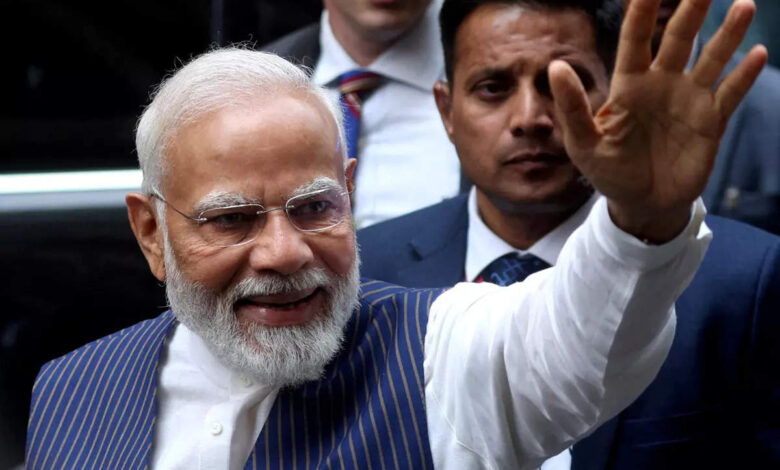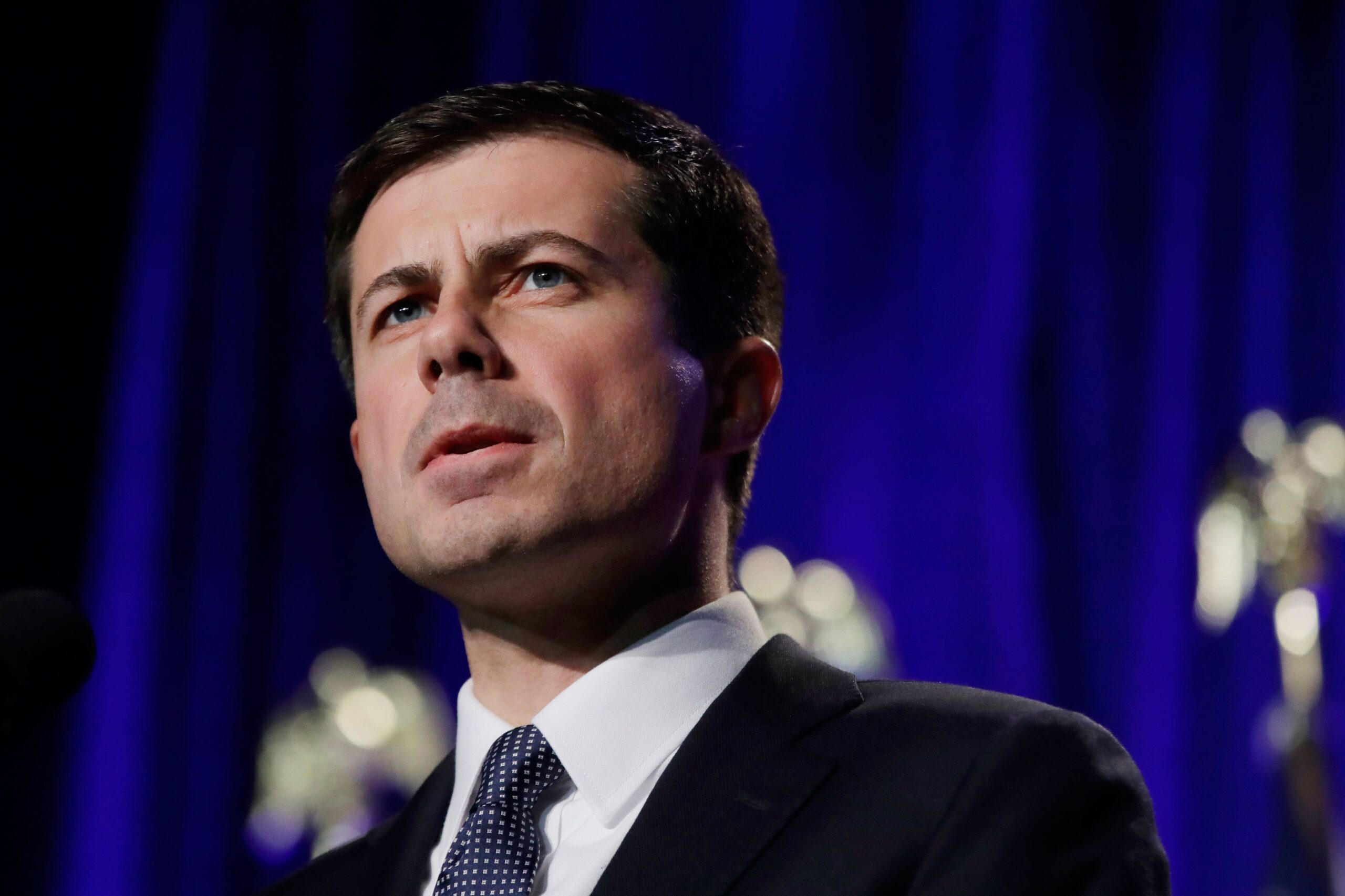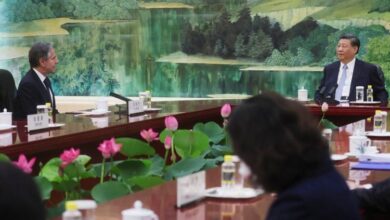Narendra Modi’s U.S. Visit Sends a Subtle Signal to China, Focusing on Strategic Interests and Shared Momentum
India and the United States Strengthen Ties Amid Rising Concerns Over China's Actions

Indian Prime Minister Narendra Modi’s visit to the United States is being closely watched, as it signals a convergence of strategic interests between the two nations in the face of a growing China challenge. While both leaders refrain from explicitly framing their engagement as solely about containing China, the subtext is evident.
During the visit, a series of significant announcements are expected, including a major deal for General Electric (GE) to manufacture fighter-jet engines in India and India’s purchase of General Atomics armed drones. These agreements demonstrate the strengthening defense ties between the two countries and provide India with the means to counter China’s military moves along their border.
The GE deal, valued at billions of dollars, involves the transfer of sophisticated jet engine technology, which has never been shared with treaty allies before. This partnership has the potential to bind the defense industries of both countries for years to come, enabling the United States to shape India’s defense innovation and development over the next few decades.
In addition to defense collaborations, technology cooperation is also a focal point. One major expected announcement involves Micron Technology Inc., the largest U.S. memory-chipmaker, establishing a chip assembly, testing, and packaging plant in Narendra Modi’s home state of Gujarat. This move aligns with the U.S. administration’s objective to rebalance supply chains away from China, especially considering the disruptions caused by the pandemic.
These investments reflect India’s broader goals, including reducing reliance on Russia for military equipment and revitalizing its manufacturing sector. However, the success of these initiatives depends on India’s ability to address regulatory challenges and reform its over-intrusive state apparatus.
While the U.S.-India partnership has significant implications for countering China, officials emphasize that India will maintain its strategic autonomy and not become a treaty ally like Japan or Australia. The deteriorating situation along the India-China border has altered India’s perception of China as a threat, leading to public opinion being at its lowest since the 1962 war.
India has taken measures such as banning Chinese apps, excluding Chinese telecom giants from its 5G networks, and engaging in the Quad alliance with the United States, Japan, and Australia.
It’s important to note that the U.S.-India relationship goes beyond countering China and encompasses economic resilience, technology cooperation, and diversified supply chains. The two countries see a convergence of interests that can protect India’s autonomy while strengthening the strategic partnership with the United States.
The visit highlights the significance of India as a key economic and military partner in the Indo-Pacific region, with both countries aiming to achieve a free and open Indo-Pacific. While concerns over India’s treatment of its Muslim minority and illiberal tendencies remain, the strategic value of the U.S.-India partnership is central to achieving shared goals.
The outcome of Narendra Modi’s visit and the agreements reached will shape the trajectory of the U.S.-India relationship and have implications for the balance of power in the Indo-Pacific region, particularly in light of China’s assertive actions.
Read the original article on Financial Reports



